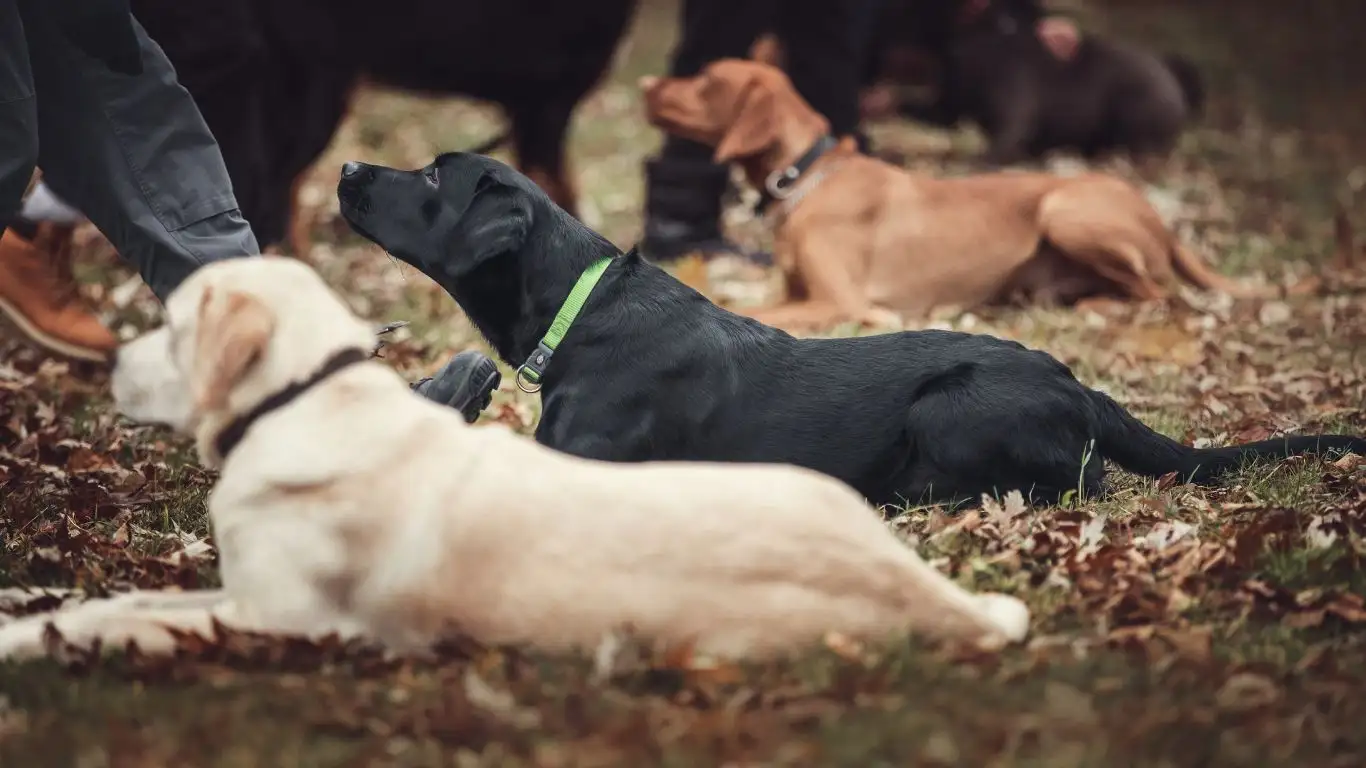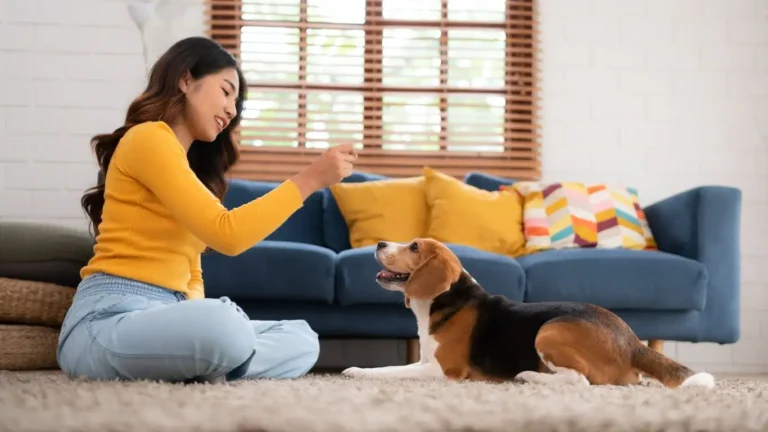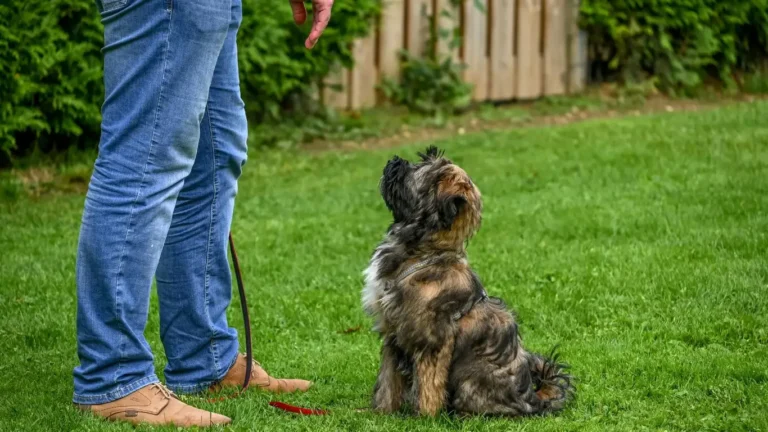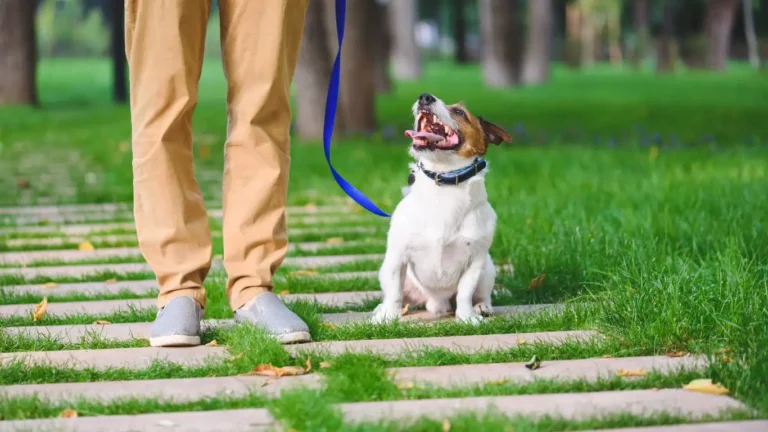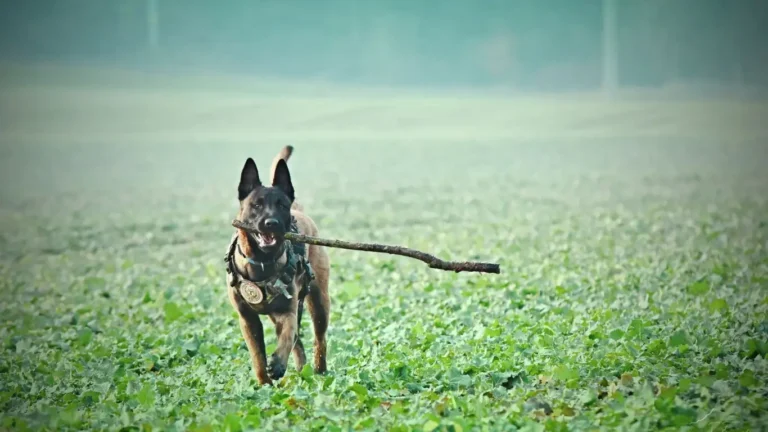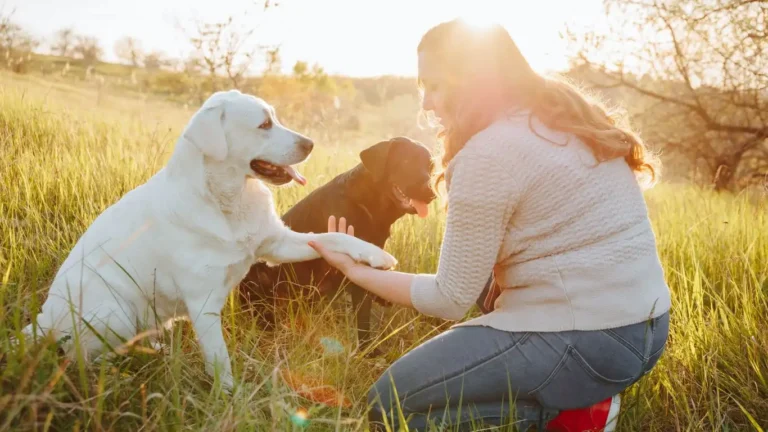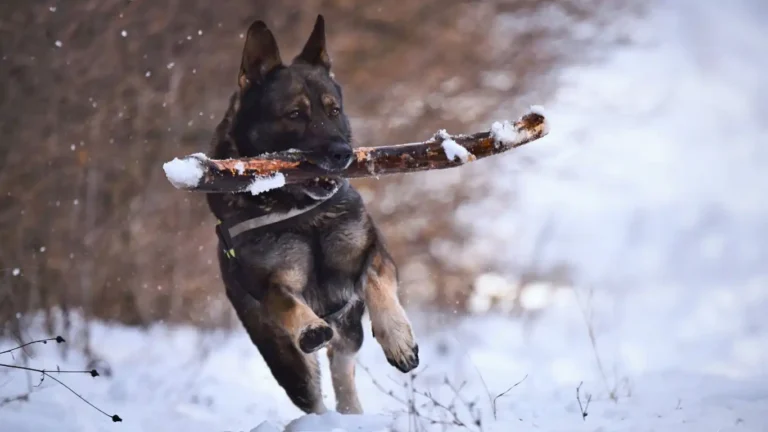How to Train a Dog to Stop Barking at Kids: Fast Fixes That Work
If you’ve ever found yourself scrambling to hush your dog every time a kid walks by, you’re not alone. One of the most common questions I get as a Canine-Assisted Therapy Trainer is how to train a dog to stop barking at kids. It’s a situation I’ve helped countless pet parents navigate—whether it’s a dog barking at neighborhood children through a window or reacting too strongly during a park visit. Barking is natural, sure, but when it’s directed at children, it can be frustrating, confusing, and even a little scary for both sides. The good news? With a little insight, patience, and consistency, this behavior can absolutely be managed—if not completely resolved.
Understanding Why Dogs Bark at Kids
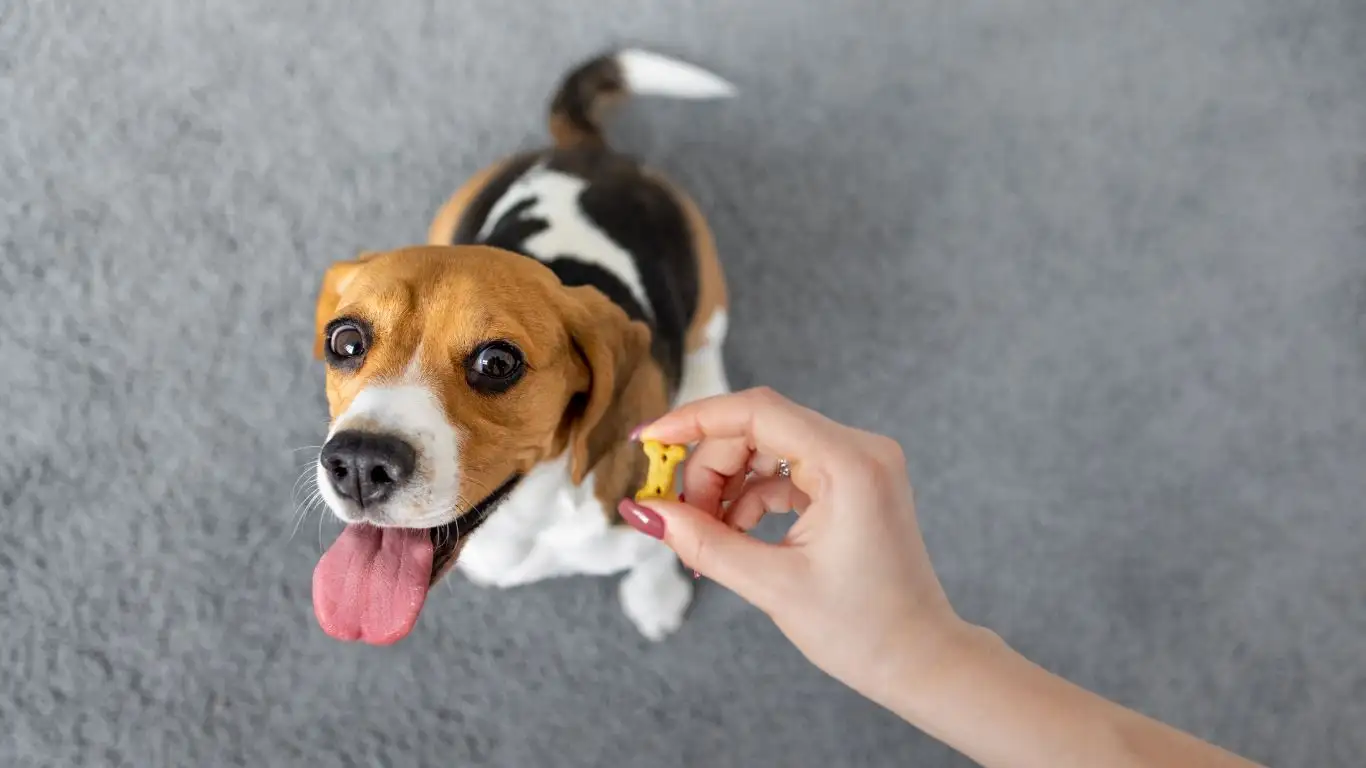
Before we can teach our dogs not to bark at kids, we have to take a step back and understand why they’re doing it in the first place. I’ve seen so many well-meaning owners try to correct barking without first understanding the *why* behind it—and trust me, that’s a recipe for a confused dog and a frustrated human.
Dogs Aren’t Just Being “Bad”
Let’s ditch the idea that your dog is misbehaving on purpose. Barking is communication. Your dog might be feeling scared, excited, territorial, or even just overstimulated. Kids are high-energy, unpredictable, loud, and they move in ways that are, well… a little erratic. From a dog’s perspective, that can be super triggering.
Common Triggers That Lead to Barking
- Fear: If your dog wasn’t properly socialized with children, they might see them as a threat.
- Protectiveness: Barking might be your pup’s way of guarding you or the house.
- Excitement: Some dogs bark because they want to play with the kids, but don’t know how to contain their energy.
- Frustration: If your dog is behind a fence or window, they may bark out of sheer frustration that they can’t get closer.
Personally, I had a rescue named Milo who would lose his mind every time a kid scooted past the front porch. It wasn’t aggression—he was just overwhelmed. Understanding that changed everything about how I approached the issue.
Building Trust Through Exposure
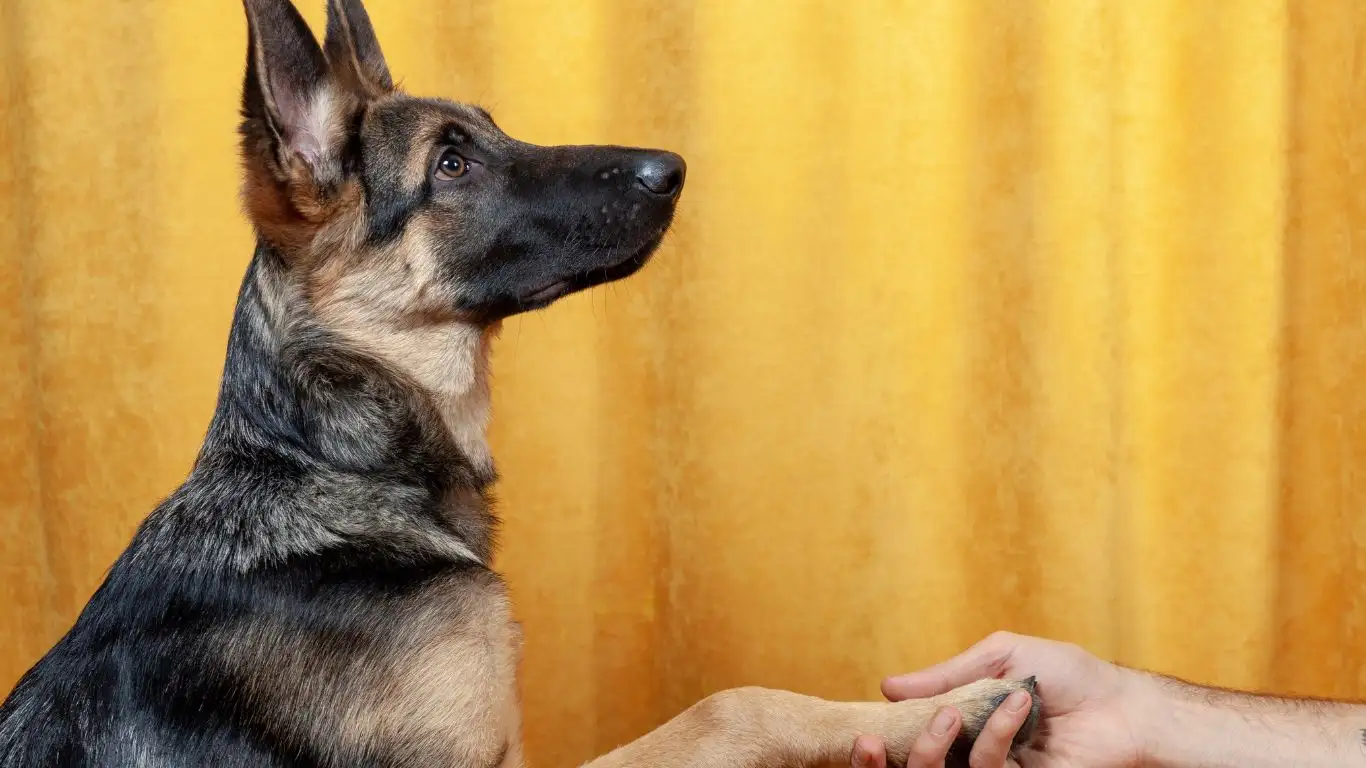
Okay, so now that we know why dogs bark at kids, let’s talk about how to change that behavior. The first key piece is controlled exposure. In therapy training, we call this “desensitization”—a fancy word for slowly introducing your dog to something scary in a way that helps them realize it’s not so scary after all.
Start at a Distance
Pick a location where you can observe children at play, but not too close. Parks are great for this. Sit with your dog at a distance where they can see the kids but aren’t reacting strongly. The second they notice the kids and don’t bark, reward with a treat or praise. It’s all about marking that calm behavior.
Gradual Closeness, Never Rushing
Each session, try to get a little closer—as long as your dog is staying chill. The moment they start to bark or stiffen up, you’ve gone too far. Back up. This isn’t about pushing them. It’s about teaching them they’re safe and don’t need to sound the alarm.
Use the Right Reinforcers
Some dogs go nuts for bits of chicken, others prefer their favorite toy. Whatever your dog is crazy about, use that as their reward. And don’t forget to use your voice, too. I always use a happy, relaxed tone—think “good job, buddy!”—to help reinforce that they’re doing great.
Teaching an Alternative Behavior
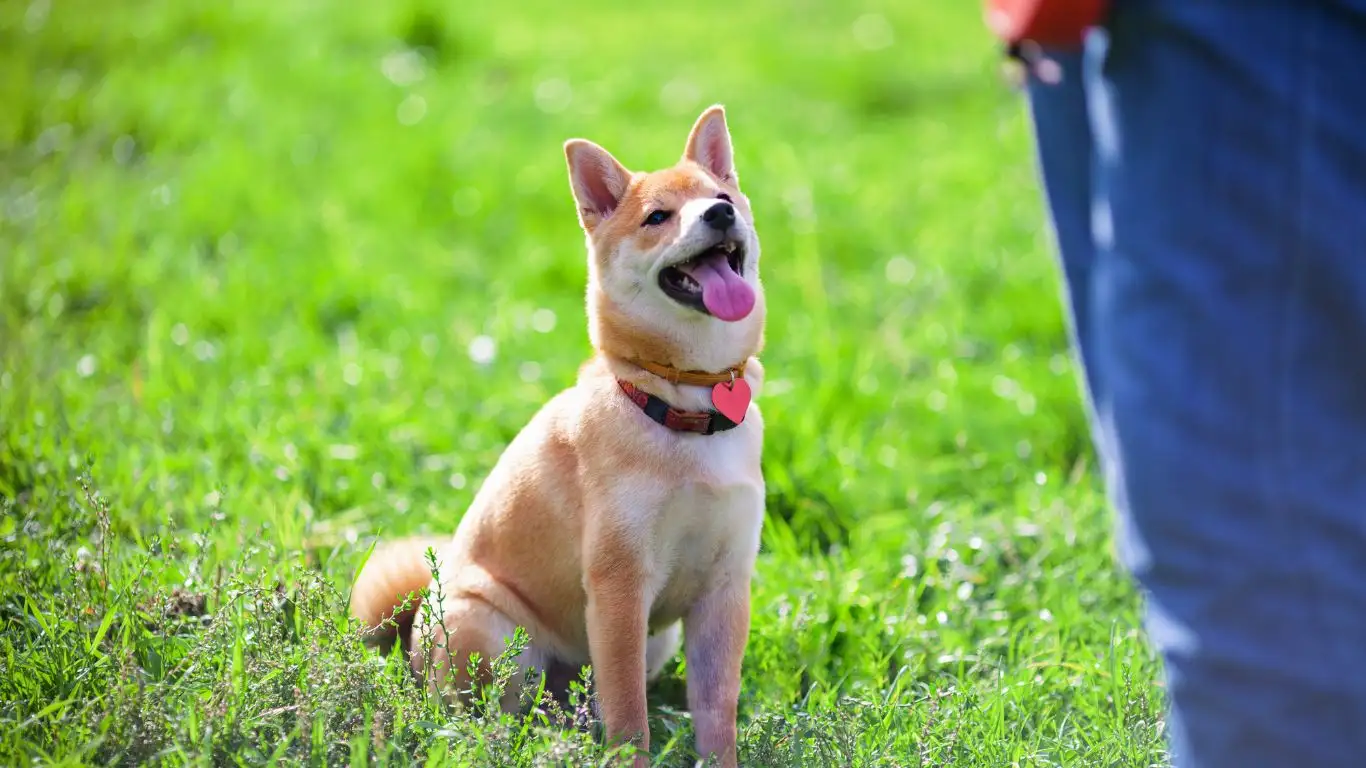
One of my go-to strategies when people ask me how to train a dog to stop barking at kids is to teach the dog what to do *instead*. We can’t just say “don’t bark” and expect the dog to know what’s expected. We have to give them a job—something productive that channels their energy and emotion in a more constructive way.
The “Watch Me” Command
This is a lifesaver. Teaching your dog to make eye contact with you when they see a trigger is a game changer. It pulls their focus away from the stimulus (the kids) and puts it back on you.
- Start in a quiet space and hold a treat near your face.
- When your dog looks at you, say “Watch me” and reward.
- Practice this daily until it becomes second nature.
- Then start using it when kids are nearby.
It’s a simple trick, but wow—it works wonders. I remember working with a Golden Retriever named Sasha who’d bark her head off anytime a skateboard zoomed past (kids and wheels? Double trigger!). Teaching her “Watch me” helped redirect her energy, and soon she was watching calmly instead of going full siren mode.
Pair Calm Behavior With Rewards
This is where consistency is your best friend. Calm behavior gets rewards. Barking gets nothing—or a gentle redirection at most. Dogs are smart. They’ll start choosing the behavior that gets them what they want (spoiler alert: it’s snacks and praise).
Creating Positive Associations With Children
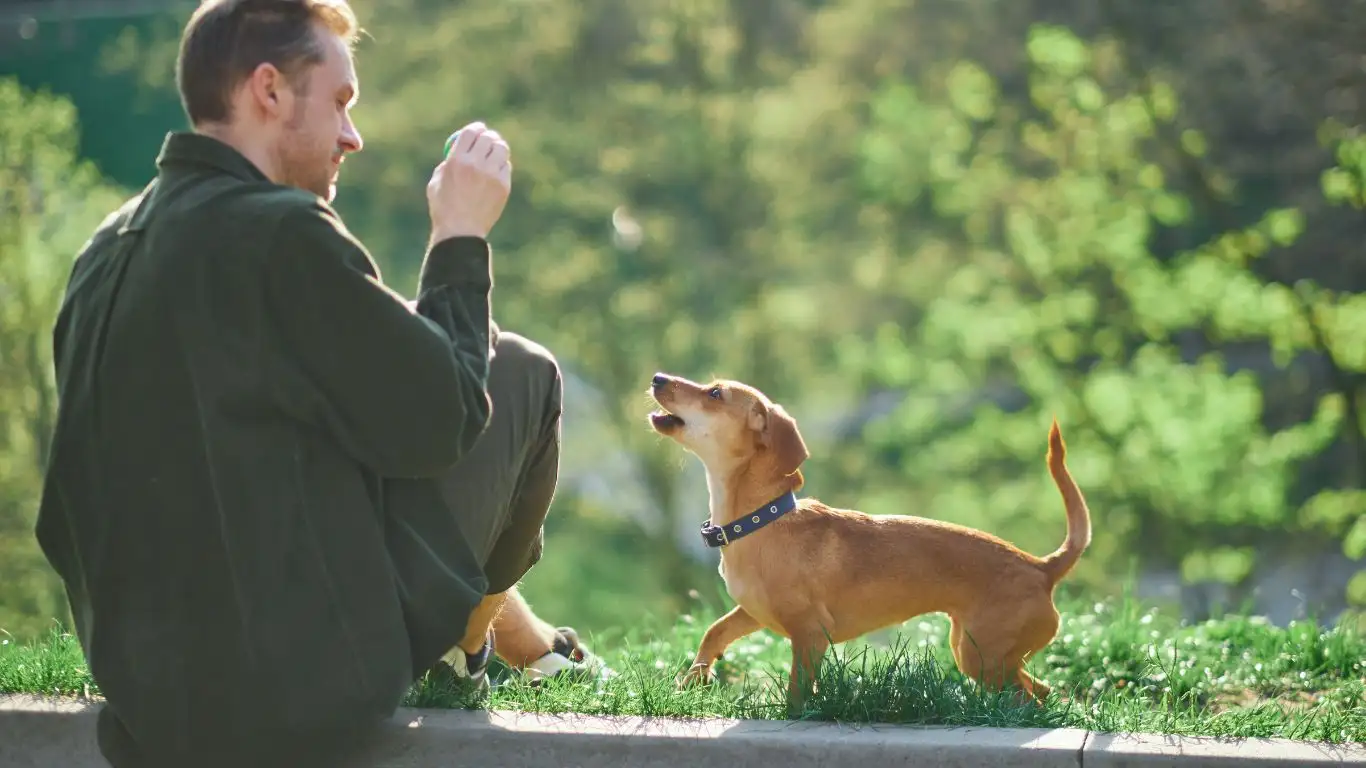
Once your dog is getting the hang of staying calm around kids from a distance, it’s time to start shifting their mindset. One of my favorite strategies is building positive associations—basically teaching your dog that kids = good stuff. And I mean really good stuff: treats, praise, playtime, belly rubs, you name it.
I had a session with a Boxer named Luna who was super barky around toddlers. We started having kids toss her treats from a safe distance (under adult supervision, of course), and within a couple of weeks, Luna was wagging her tail when kids came near instead of barking her head off. It was honestly heartwarming.
Start With Calm, Controlled Kids
Yeah, I know—finding calm kids sounds like a unicorn mission. But if you have nieces, nephews, or friends with kids who are old enough to follow instructions, start there. Let your dog sniff from a safe distance, reward calm behavior, and keep sessions short. Over time, this teaches your dog that being around kids doesn’t have to be stressful.
Reward-Based Training Works Best
Forget punishment. No shock collars, yelling, or leash yanking. Those approaches only ramp up fear and anxiety—and they definitely don’t build trust. Instead, keep a pouch of high-value treats handy whenever you’re near kids. Calm behavior? Treat. Quiet watching? Praise. Looking to you for direction? Jackpot.
Preventing Setbacks and Managing Triggers
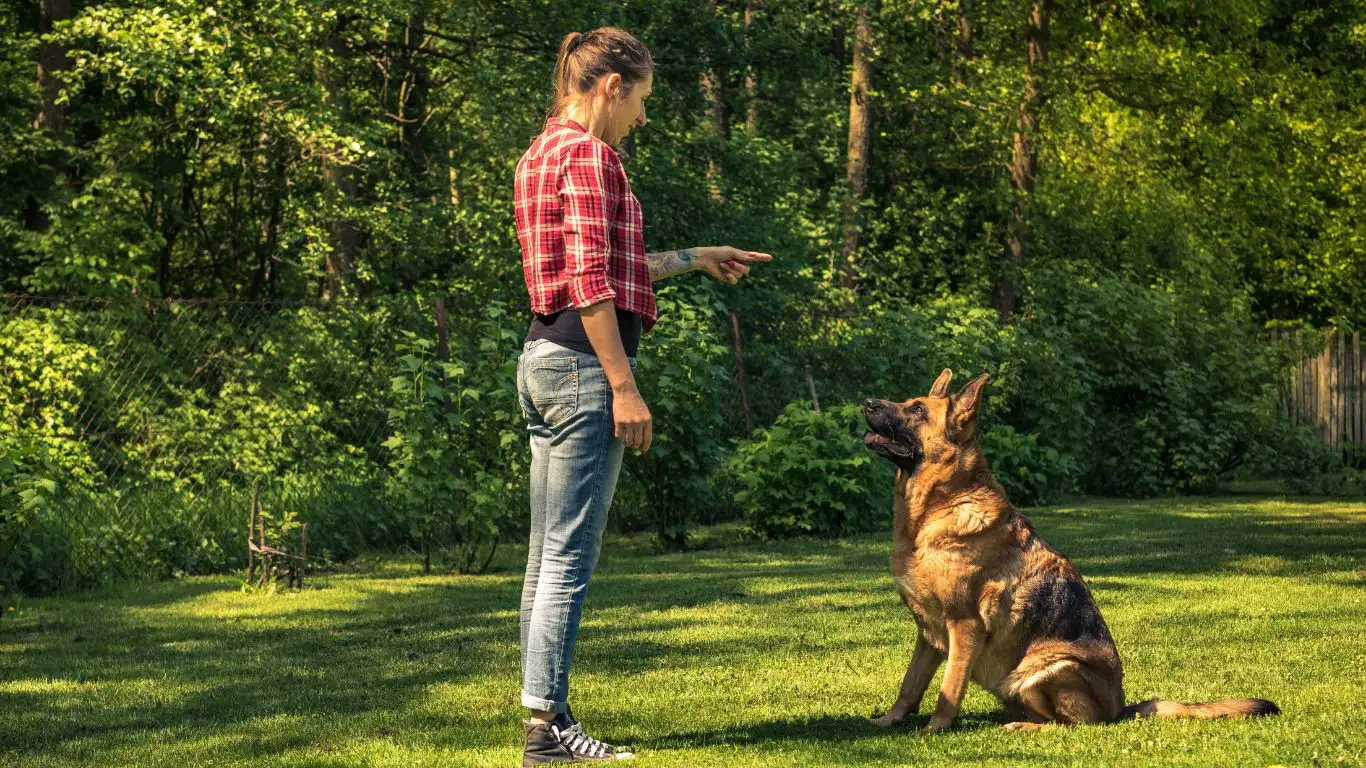
This is the part a lot of folks forget—managing the environment while your dog is still learning. Think of it like training wheels. You can’t just toss your pup into a chaotic playground and expect them to keep their cool if they’ve only practiced from across the street.
Use Barriers and Visual Blocks
If your dog barks at kids walking past the window, put up frosted film or use furniture to block the view. Out of sight, out of mind really works here. I had a client put decorative window clings up, and her dog’s barking dropped by half within a week. It gave them both a chance to breathe while working on the deeper training stuff.
Timing is Everything
Dogs learn best in that tiny window between noticing something and reacting. That’s your golden moment. If you wait until they’re already barking their face off, it’s too late. Instead, catch them just as they notice the kid and hit them with a “Yes!” or “Good job!” and a treat. That split-second timing takes practice, but it’s worth mastering.
Leash Training and Walks
If your dog tends to bark at kids on walks, make sure your leash handling isn’t adding tension. A tight leash = tension. Keep things loose, use a front-clip harness if needed, and stay on the other side of the street if kids are nearby. Gradually close that gap as your dog gets more comfortable.
Consistency and Real-Life Practice
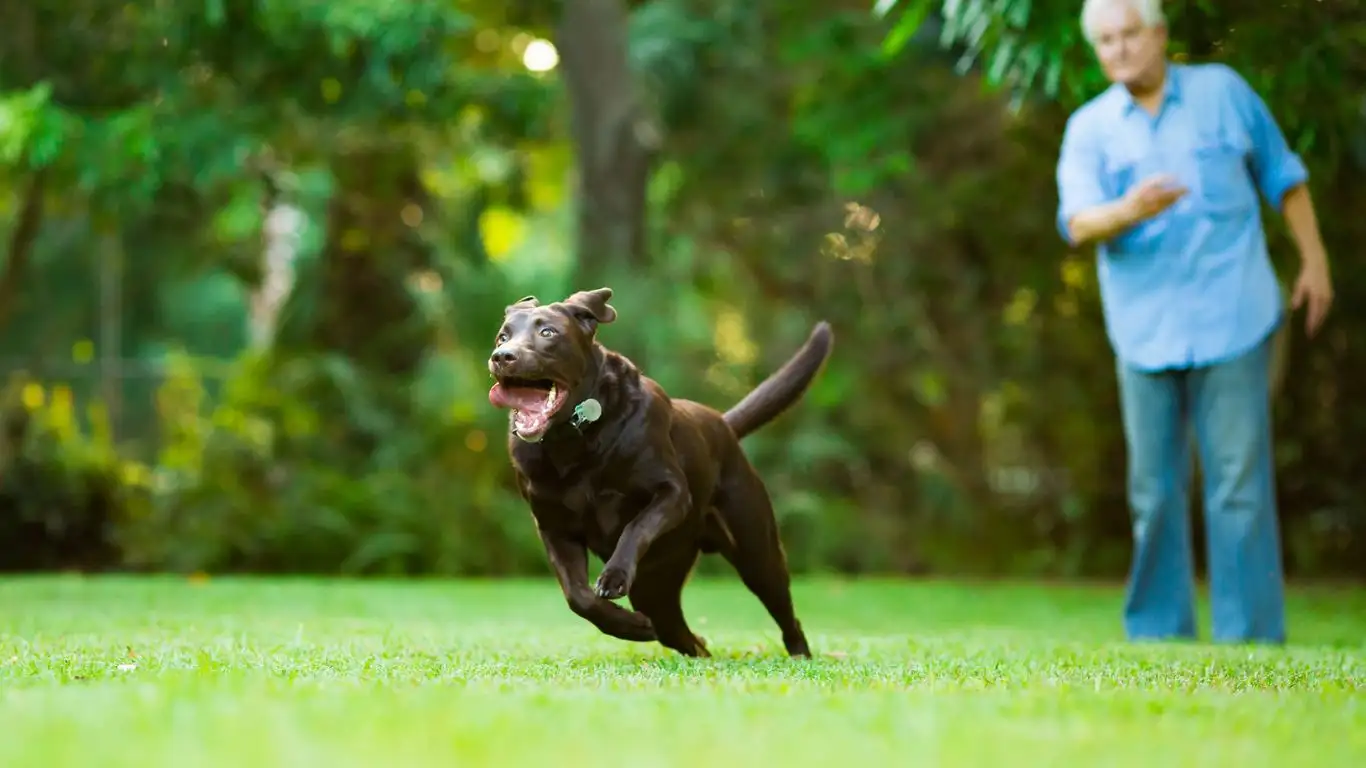
Here’s something I always emphasize with my clients: training in a vacuum won’t cut it. You’ve got to practice these skills in real-life situations—safely, of course. It’s like muscle memory. The more often your dog has calm, positive experiences around kids, the more their default response will shift from “bark mode” to chill observer.
Short, Frequent Training Sessions
Keep sessions short—5 to 10 minutes max. Don’t overdo it. One successful walk around the block is better than a long, overstimulating park session. Little wins build confidence for both you and your dog.
Make Calm the New Normal
Set up your home and daily routine in a way that encourages calm. That might mean more enrichment games, puzzle toys, or quiet downtime after a stimulating walk. A mentally satisfied dog has way less reason to fixate on things like noisy kids outside the window.
Log Progress
Seriously—keep a notebook or use an app to track your dog’s progress. I love jotting down what worked, what didn’t, and any breakthroughs. Not only does it help you tweak your training plan, but it’s also super encouraging when you can look back and see how far you’ve come.
One of my proudest moments as a trainer was seeing a client’s dog, a very anxious Sheltie named Max, calmly sit on a bench at a school pick-up zone. Six months earlier, he couldn’t even *see* a child without barking his lungs out. Progress doesn’t always come fast, but it’s always possible with the right guidance and patience.
Involving Kids in the Training Process
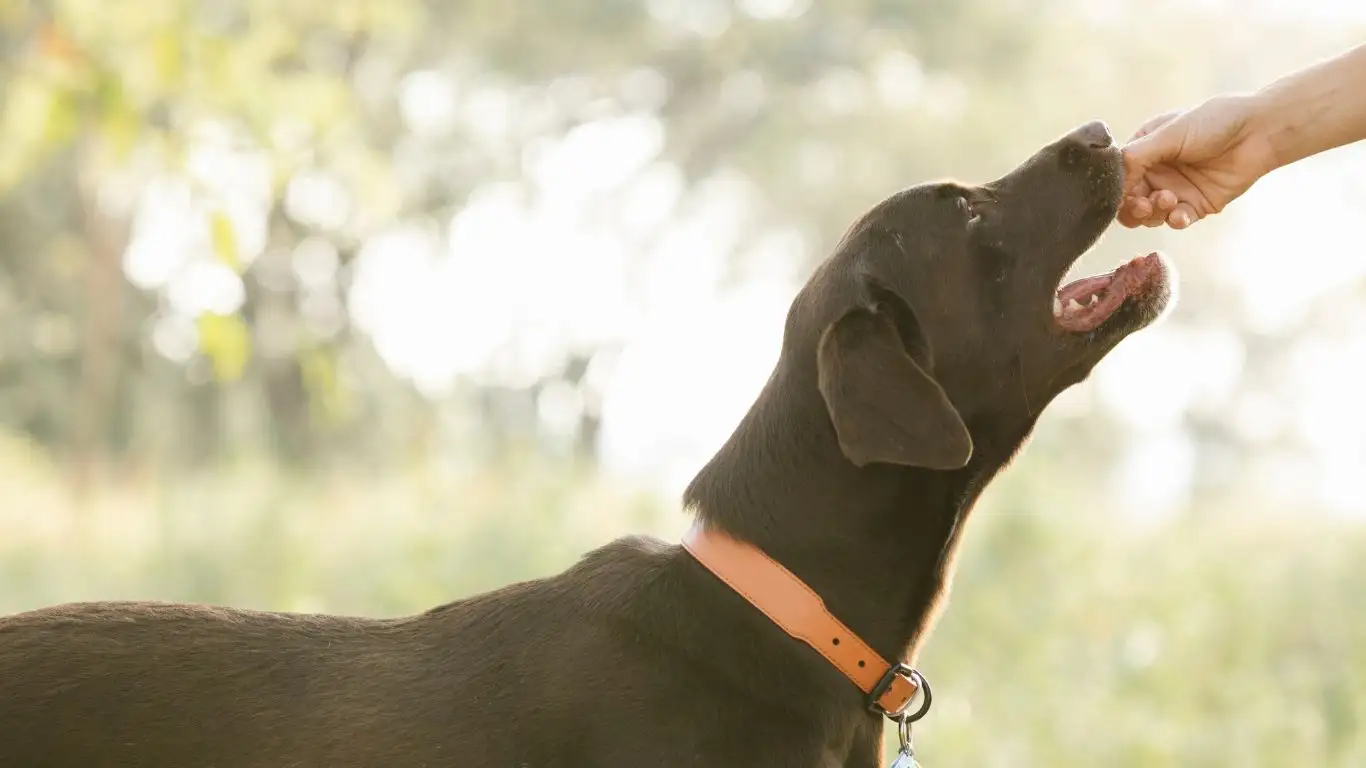
So now that your dog is building confidence and learning how to stay calm around kids, there’s one more step that can really level up their behavior: getting kids involved—safely and mindfully. I know it might sound a little scary at first, especially if your dog has been reactive, but hear me out.
When it’s done right, involving children in training not only reinforces positive behavior but also builds mutual trust. I once worked with a family where the youngest son, maybe 7 years old, helped teach their dog “touch” and “sit” during training. It was supervised the whole time, of course, but the transformation in both the dog and the kid was incredible. Confidence, calmness, and a much stronger bond on both sides.
Age-Appropriate Tasks
Keep it simple and safe. Kids can:
- Offer treats with an open palm when the dog is calm
- Help with basic cues like “sit” or “touch” under supervision
- Practice walking near the dog while you reward quiet behavior
Just make sure everything is supervised, and only start this step when your dog has shown consistent calmness around kids. Safety first—always.
Common Mistakes to Avoid
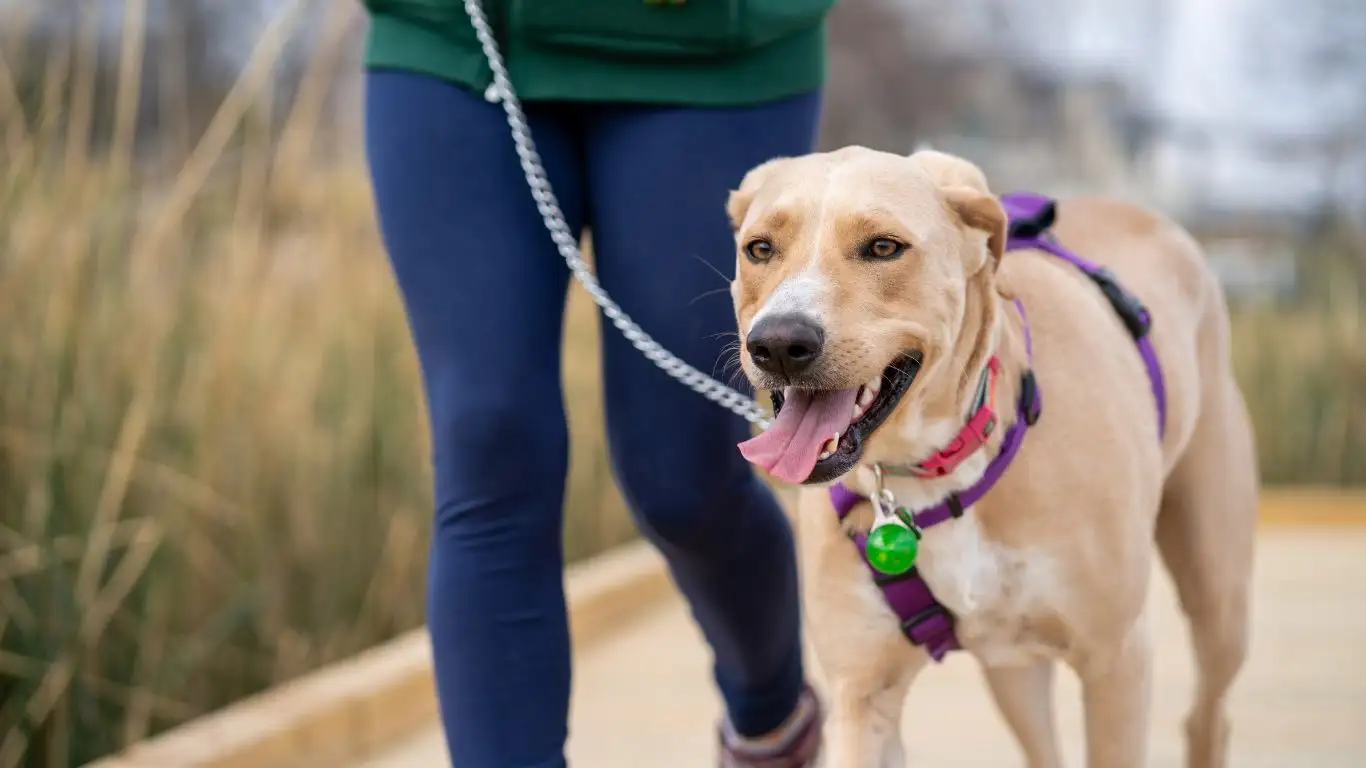
Let’s be honest—training a dog to stop barking at kids isn’t always smooth sailing. There will be setbacks. There might be days where your dog backslides or just isn’t having it. That’s normal. What matters most is avoiding these common traps that can slow your progress:
Being Inconsistent
If your dog gets rewarded for calm behavior one day, but the next day they bark and nothing happens, it sends mixed signals. Dogs thrive on consistency. Everyone in the household needs to be on the same page. Create a game plan and stick to it—even on busy days.
Using Punishment-Based Methods
I know it can be tempting to raise your voice or use a harsh correction when your dog won’t stop barking. But trust me—those methods often make things worse, especially when fear is involved. It breaks trust and reinforces that kids = stress. Instead, rely on redirection, positive reinforcement, and calm guidance. For more on this, you can check resources like AKC and PetMD, which back this approach up with solid science and decades of professional practice.
Skipping the Foundations
Too many folks try to fix barking without addressing basic needs. If your dog isn’t getting enough physical exercise, mental stimulation, or structure at home, it’s like trying to build a house on sand. Make sure those boxes are checked. Puzzle toys, scent work, structured walks—they all help take the edge off so your dog is more receptive to training.
Knowing When to Ask for Help
Look, I’ve been doing this a long time—and I still refer clients to behaviorists or vets when needed. If your dog’s reactions seem extreme or rooted in fear or trauma, it’s okay (and smart!) to bring in backup. A professional dog trainer, especially one with experience in behavior modification, can create a plan tailored to your pup’s needs.
Sometimes it’s even worth having a quick vet check. Underlying pain or medical issues can make dogs more reactive than usual. Dogs can’t tell us when they’re uncomfortable, so it’s up to us to rule that out.
Helpful Resources
- NIH – for info on the mental and physical health benefits of animal-assisted therapy
- Health.com – useful tips on managing stress and anxiety in pets
- PetMD – articles on canine behavior and health
- AKC – great guides on dog training basics and advanced behavior tools
Final Thoughts: Patience Pays Off
When people ask me how to train a dog to stop barking at kids, I always remind them that it’s not about flipping a switch—it’s about rewriting a story. Your dog has reasons for barking, and it’s our job to help them feel safe, supported, and understood as they learn a new way to respond.
The journey may take weeks or even months, but I promise—I’ve seen even the most reactive dogs learn to chill out around kids. It’s not magic. It’s empathy, consistency, and a willingness to work with your dog rather than against them.
Celebrate the little wins. They matter. And remember, you’re not alone in this. Whether you’re a seasoned trainer or a first-time dog parent, the fact that you’re even reading this shows you care enough to do the work—and that alone makes a huge difference.
Disclaimer
This article is for informational purposes only and does not replace professional veterinary or canine behavioral advice. If your dog shows signs of aggression, fear-based reactivity, or extreme anxiety, consult a certified professional or your veterinarian before implementing new training strategies.
